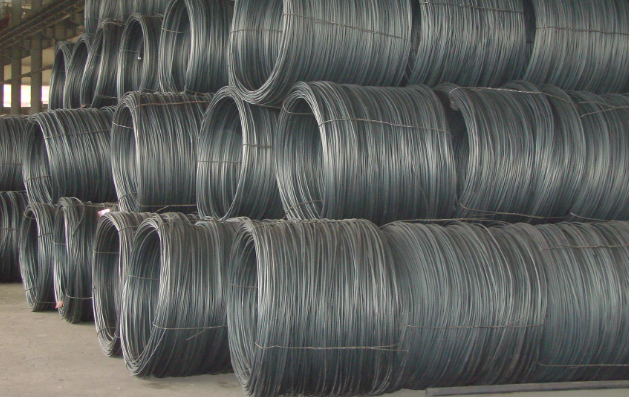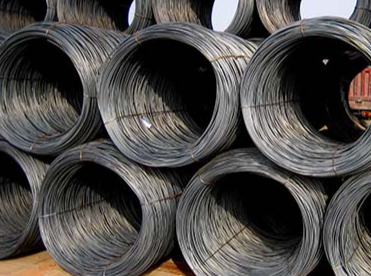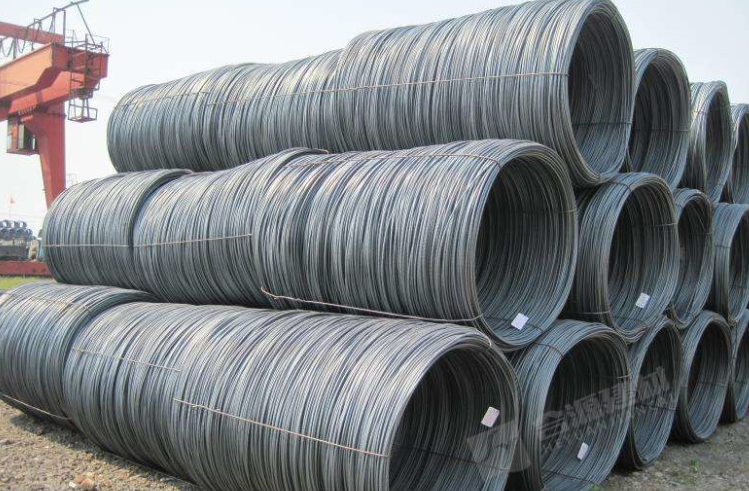Introduction
Thin steel product that is rolled from billets and coiled for ease of handling and transportation. It is a fundamental material in the steel industry and serves as the raw material for a wide range of downstream products.

Size
Wire rod is typically produced in diameters ranging from 5.5 mm to 19 mm, although specialized sizes can also be manufactured depending on specific industrial requirements.
CREDIT

Production
The production process of wire rod involves heating steel billets to high temperatures and then passing them through a series of rolling mills to achieve the desired diameter and surface finish. The hot-rolled wire rod is then cooled, either naturally or through controlled cooling processes, to enhance its mechanical properties. Depending on the intended application, wire rod can be produced in various grades, including low-carbon, medium-carbon, high-carbon, and alloy steels. Each grade offers distinct characteristics such as strength, ductility, and resistance to wear or corrosion.
Market
Wire rod is a versatile material used in numerous industries. It is the primary feedstock for the production of wire, which is drawn to smaller diameters and used in applications such as fencing, nails, springs, and cables. Additionally, wire rod is employed in the manufacturing of fasteners, welding electrodes, and reinforcement materials for concrete structures. Its adaptability and wide range of applications make it an essential component in construction, automotive, manufacturing, and infrastructure development.
CREDIT

The quality of wire rod is critical, as it directly impacts the performance of the final products. Modern production techniques, such as thermomechanical rolling and advanced cooling systems, ensure that wire rod meets stringent industry standards for dimensional accuracy, surface quality, and mechanical properties. As a result, wire rod remains a cornerstone of industrial progress, supporting innovation and efficiency across multiple sectors.
